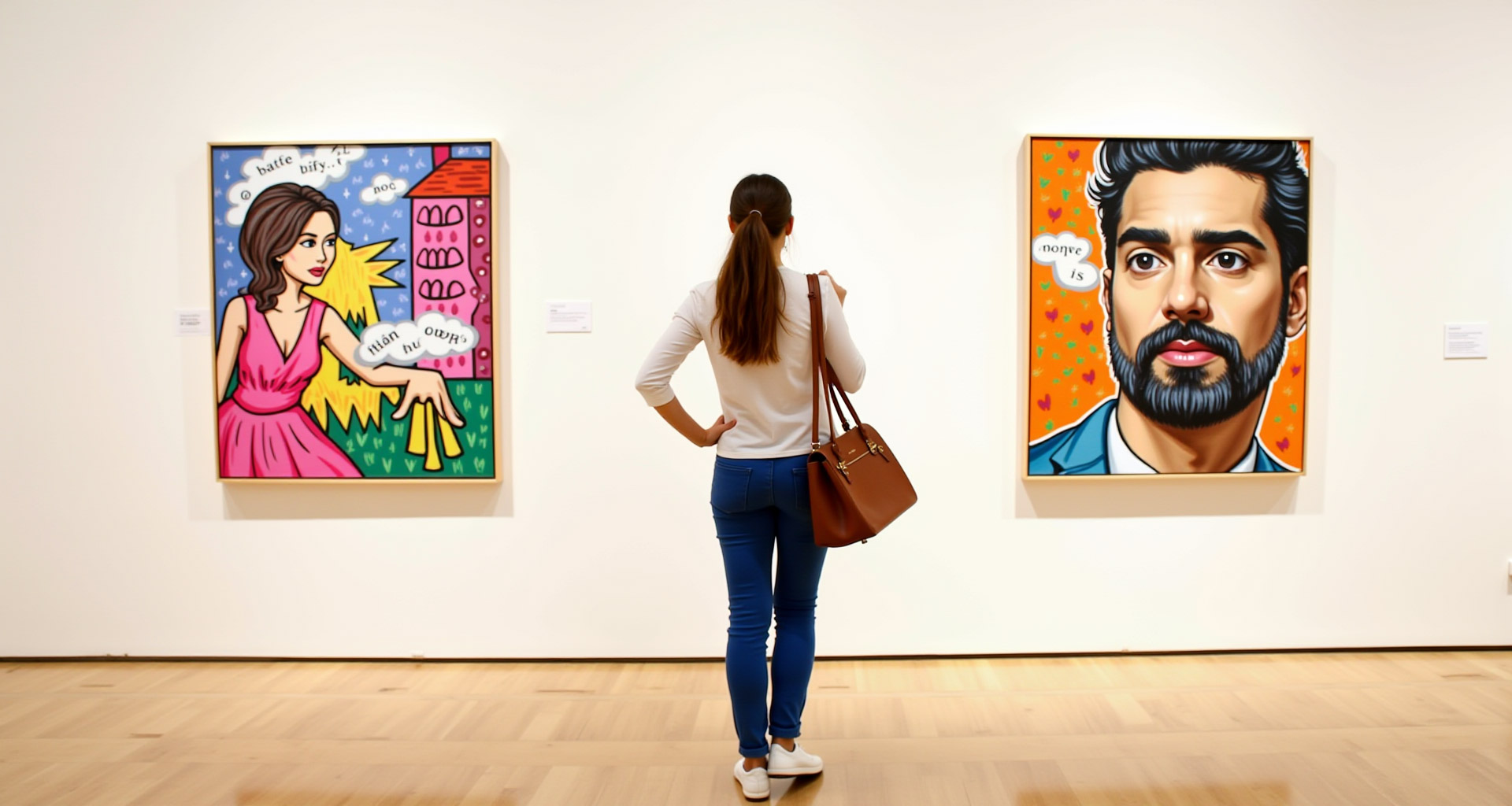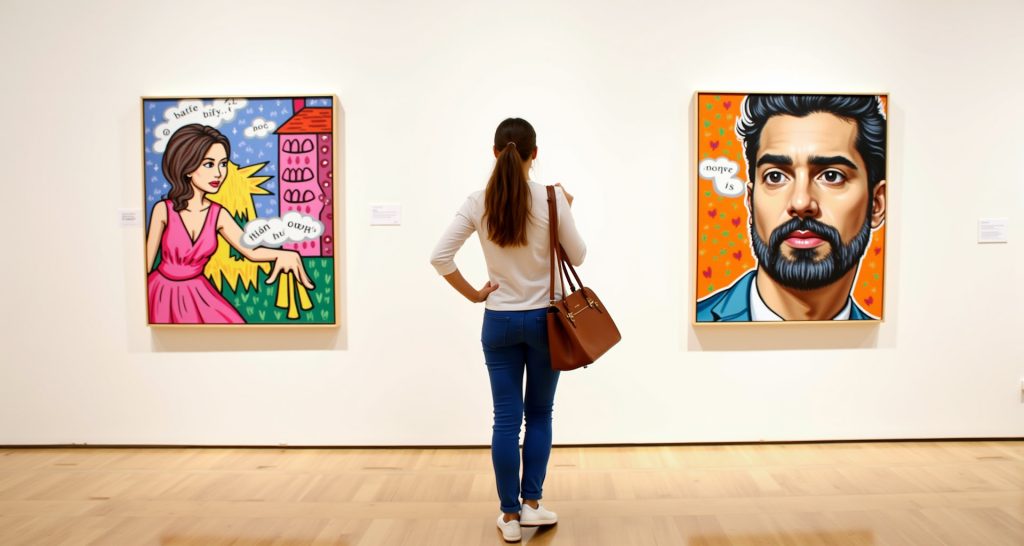Unusual Climatic Canvas of Dubai
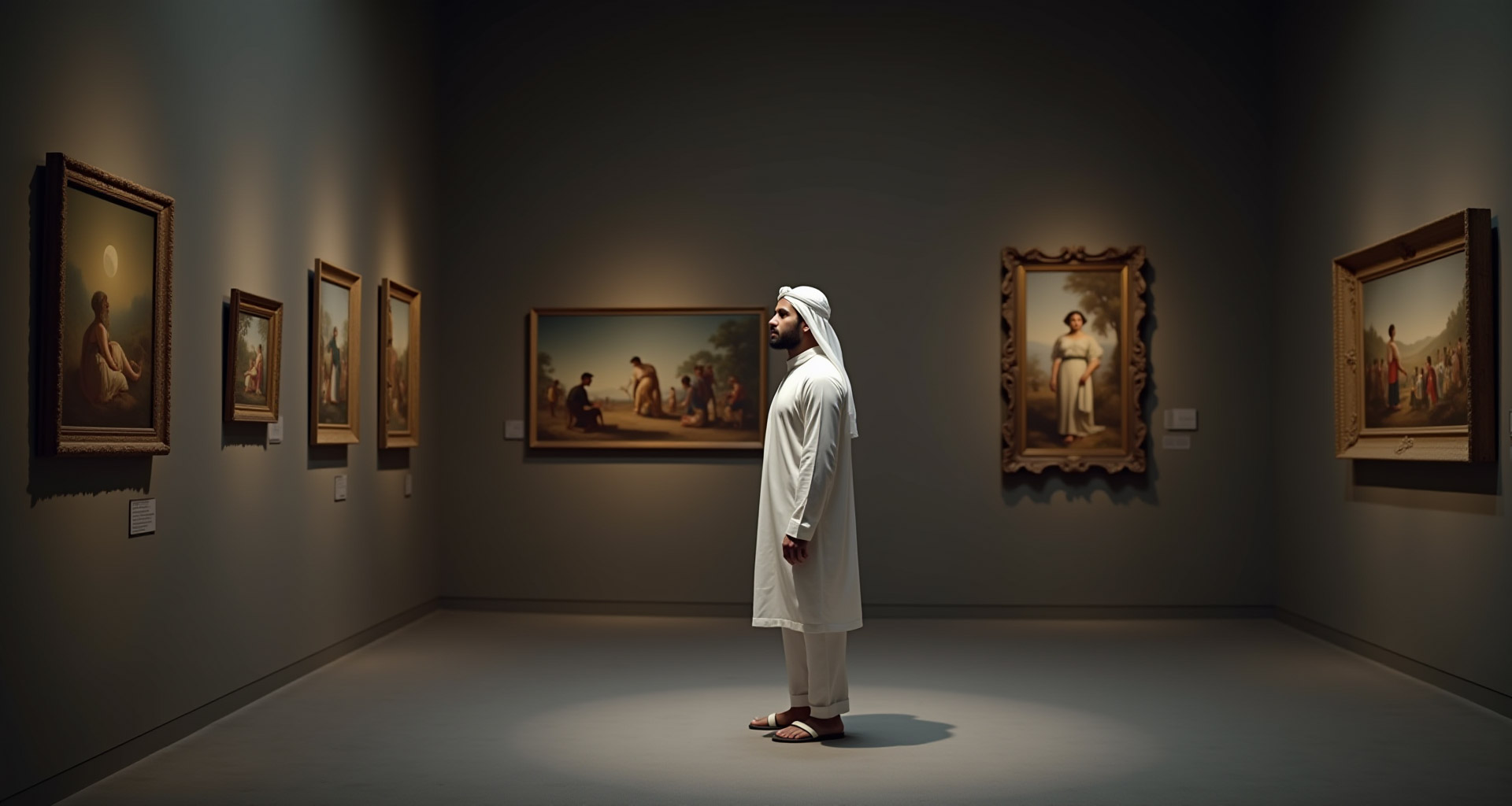
Located on the coast of the Persian Gulf, Dubai is an example of an extreme desert climate, where summer temperatures often exceed 40°C. In winter months, temperatures range from 25°C to 30°C. Humidity can reach 90% and above, especially during the summer period. In spring, the appearance of sandstorms, carrying with them small particles of sand and dust, is not uncommon, creating new challenges for local residents and arts. Learn more about this in the art gallery of Dubai.
How Climate Affects Art
- Temperature: High temperatures cause expansion and contraction of materials such as canvas and wood, which can lead to cracks and deformations.
- Humidity: Penetrating organic materials, humidity promotes the development of mold and fungus.
- Corrosion: Metals such as bronze and iron are particularly susceptible to corrosion due to the deadly combination of humidity and salt in the air.
- Sandstorms: Microscopic scratches and loss of color are the consequences of sandstorms for paintings and sculptures.
Modern Technologies of Conservation and Their Results
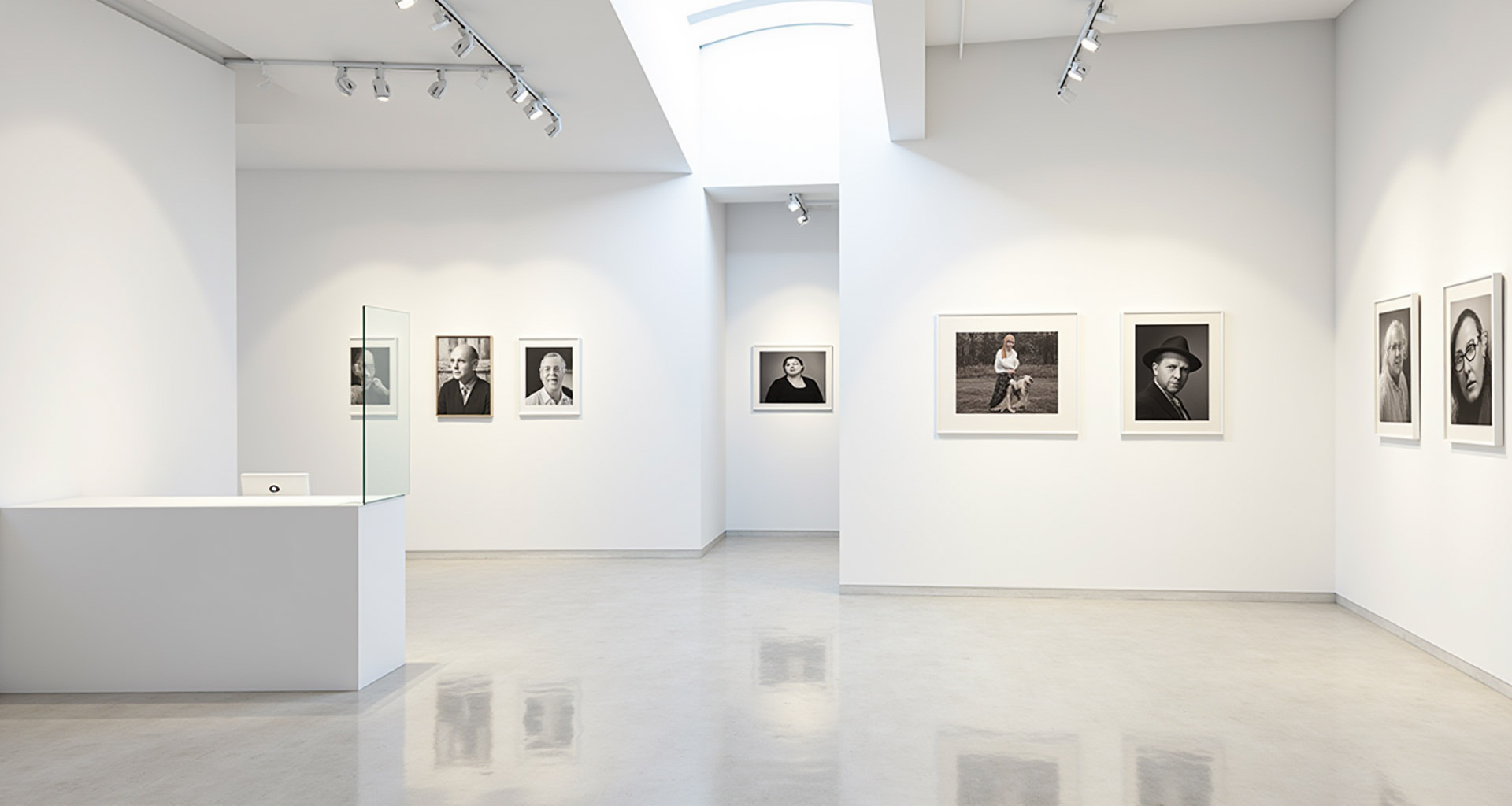
In response to climatic challenges, modern methods of art protection have been implemented in Dubai. The use of climate control ensures stable conditions in museums and storage. In addition, organized ventilation systems provide optimal conditions for artworks, surrounding them with caring attention. Learn more on the Dubai Museum page.
Special coatings and innovative materials, such as polymers with nanoparticles, create barriers against moisture and ultraviolet radiation. These technologies are no longer rare and are actively used in local museums and galleries.
Real Cases of Successful Conservation
- Museum of Modern Art: Advanced climate control systems are used here. Nanotechnologies have minimized energy consumption.
- Dubai Institute of Cultural Heritage: Engages in advanced research and training of specialists based on advanced conservation methods.
Creative Adaptation to Climate
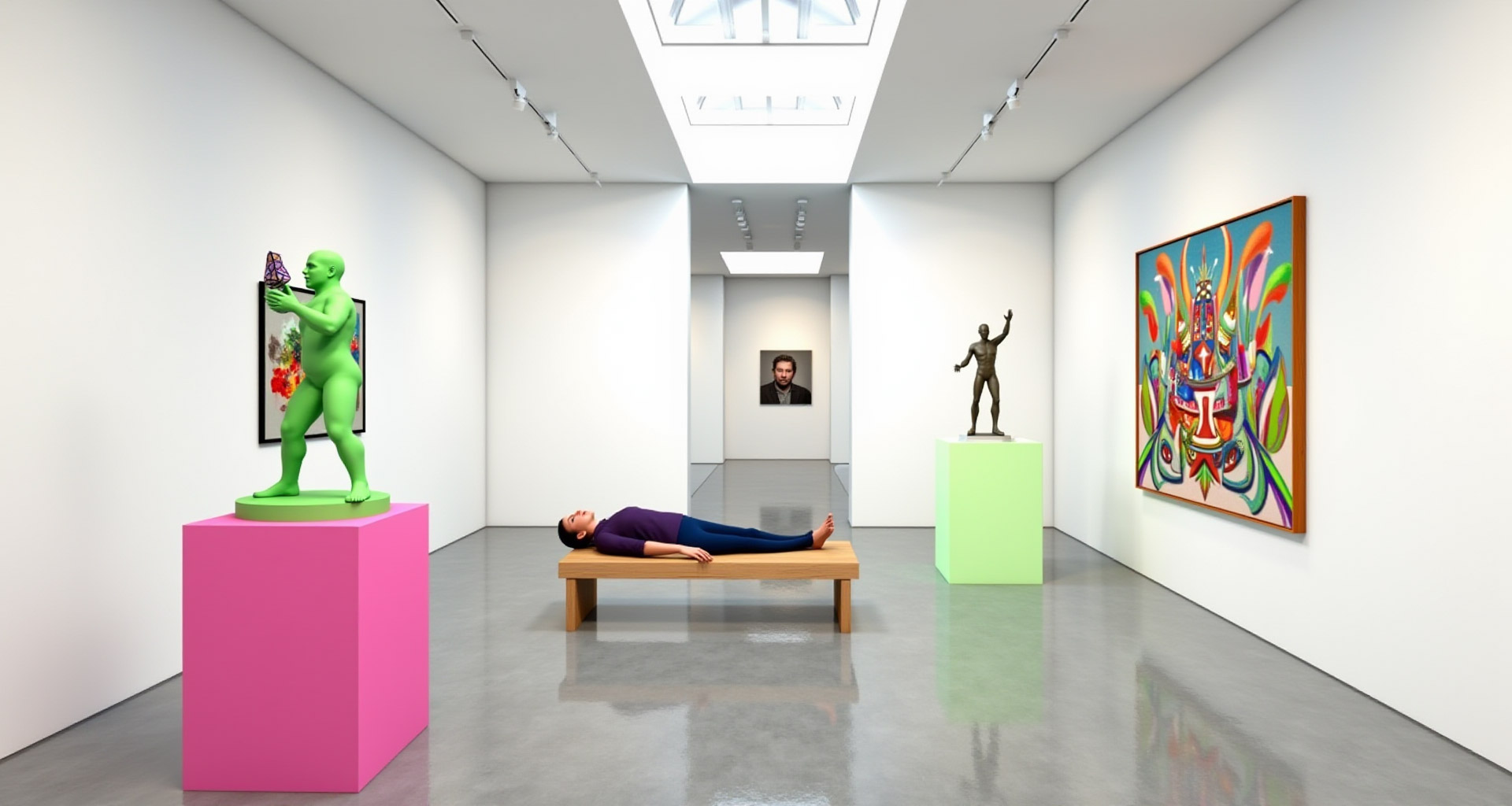
Galleries and artists actively respond to climatic conditions by adapting their methods and approaches. For example, the use of LED lighting is a step forward toward energy efficiency and reducing thermal impact on exhibits. Creators choose more sustainable materials, bringing a fresh perspective to traditional ways of creating art. Learn more about culture of Dubai.
Sustainable Future of Dubai’s Art Heritage
Development of strategies taking into account climatic features plays an indispensable role in preserving Dubai’s art. The use of modern technologies and innovative methodologies allows for the protection of cultural heritage even under complex climatic conditions. In the future, research and the development of materials science will continue to support this important work, ensuring the preservation of artistic values for future generations.
Basketball fan, mother of 2, fender owner, vintage furniture lover and HTML & CSS lover. Performing at the fulcrum of modernism and programing to give life to your brand. I sometimes make random things with friends.
